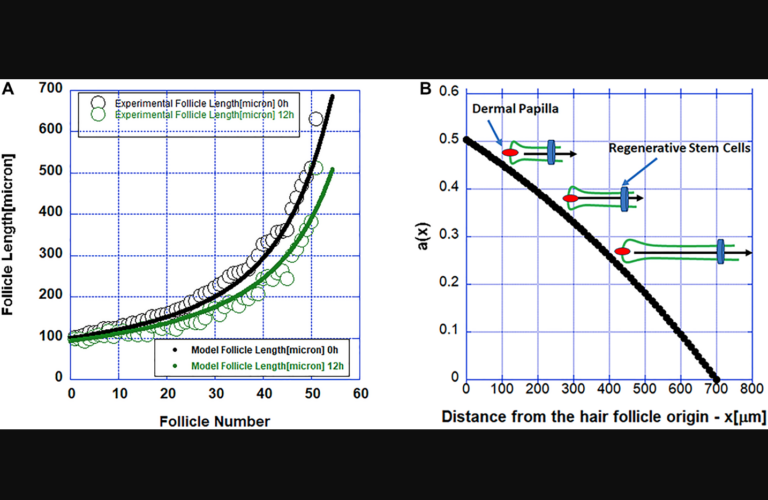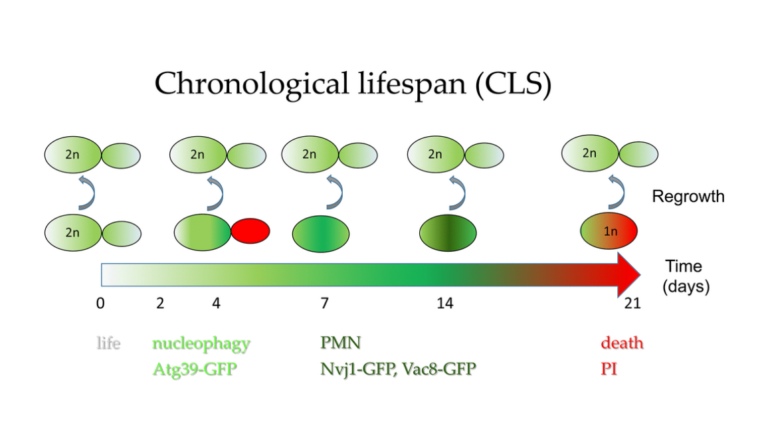“We identified candidates for preclinical studies targeting energy metabolism to prevent age-associated cognitive decline.”
BUFFALO, NY- October 24, 2023 – A new research paper was published in Aging (listed by MEDLINE/PubMed as “Aging (Albany NY)” and “Aging-US” by Web of Science) Volume 15, Issue 19, entitled, “Metabolic switch in the aging astrocyte supported via integrative approach comprising network and transcriptome analyses.”
Dysregulated central-energy metabolism is a hallmark of brain aging. Supplying enough energy for neurotransmission relies on the neuron-astrocyte metabolic network. In their new study, researchers Alejandro Acevedo, Felipe Torres, Miguel Kiwi, Felipe Baeza-Lehnert, L. Felipe Barros, Dasfne Lee-Liu, and Christian González-Billault from Universidad de Chile, Cedenna, University of California, San Diego, Centro de Estudios Científicos (CECs), Geroscience Center for Brain Health and Metabolism (GERO), Universidad San Sebastián, and the Buck Institute for Research on Aging aimed to identify genes contributing to age-associated brain functional decline.
“[…] we formulated an approach to analyze the metabolic network by integrating flux, network structure and transcriptomic databases of neurotransmission and aging.”
Their findings support that during brain aging: (1) The astrocyte undergoes a metabolic switch from aerobic glycolysis to oxidative phosphorylation, decreasing lactate supply to the neuron, while the neuron suffers intrinsic energetic deficit by downregulation of Krebs cycle genes, including mdh1 and mdh2 (Malate-Aspartate Shuttle); (2) Branched-chain amino acid degradation genes were downregulated, identifying dld as a central regulator; (3) Ketone body synthesis increases in the neuron, while the astrocyte increases their utilization, in line with neuronal energy deficit in favor of astrocytes.
“The genes identified here are valuable candidates for future studies to understand the molecular mechanisms of healthy brain aging and prevent brain age-associated failure using energy metabolism as a target.”
Read the full paper: DOI: https://doi.org/10.18632/aging.204663
Corresponding Authors: Christian González-Billault, Dasfne Lee-Liu
Corresponding Emails: chrgonza@uchile.cl, dasfne.lee@uss.cl
Keywords: astrocyte, neuron, brain aging, flux balance analysis, network centrality
Sign up for free Altmetric alerts about this article: https://aging.altmetric.com/details/email_updates?id=10.18632%2Faging.https://doi.org/10.18632/aging.204663
About Aging: Launched in 2009, Aging (Aging-US) publishes papers of general interest and biological significance in all fields of aging research and age-related diseases, including cancer—and now, with a special focus on COVID-19 vulnerability as an age-dependent syndrome. Topics in Aging go beyond traditional gerontology, including, but not limited to, cellular and molecular biology, human age-related diseases, pathology in model organisms, signal transduction pathways (e.g., p53, sirtuins, and PI-3K/AKT/mTOR, among others), and approaches to modulating these signaling pathways.
Please visit our website at www.Aging-US.com and connect with us:
- SoundCloud
- X, formerly known as Twitter
- YouTube
- LabTube
Click here to subscribe to Aging publication updates.
For media inquiries, please contact media@impactjournals.com.

